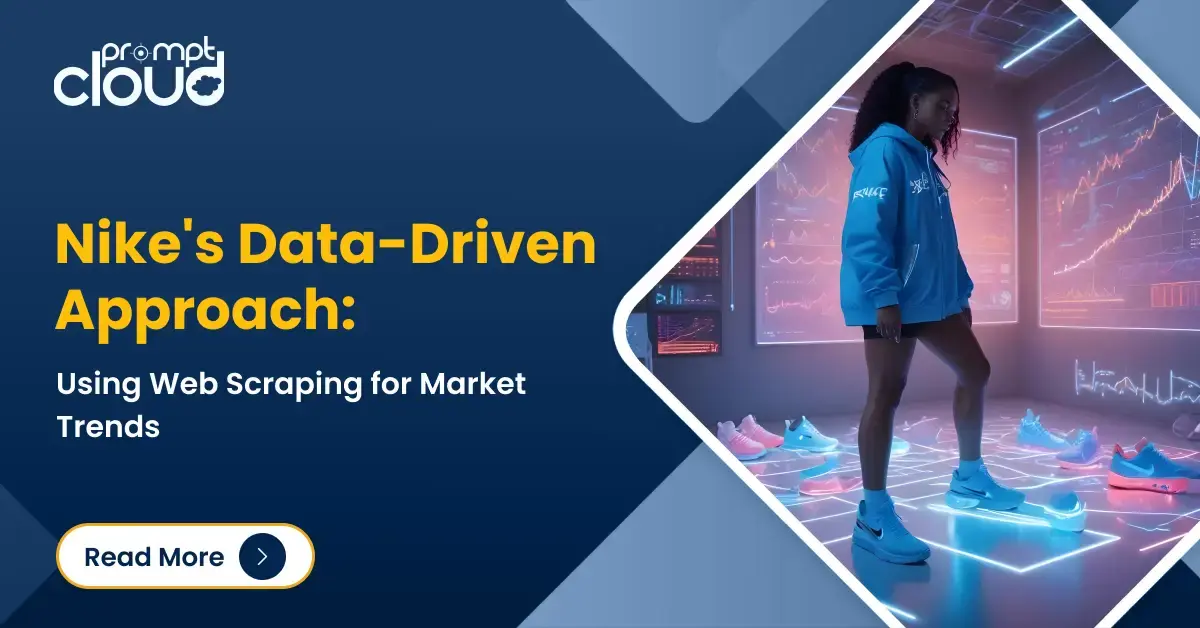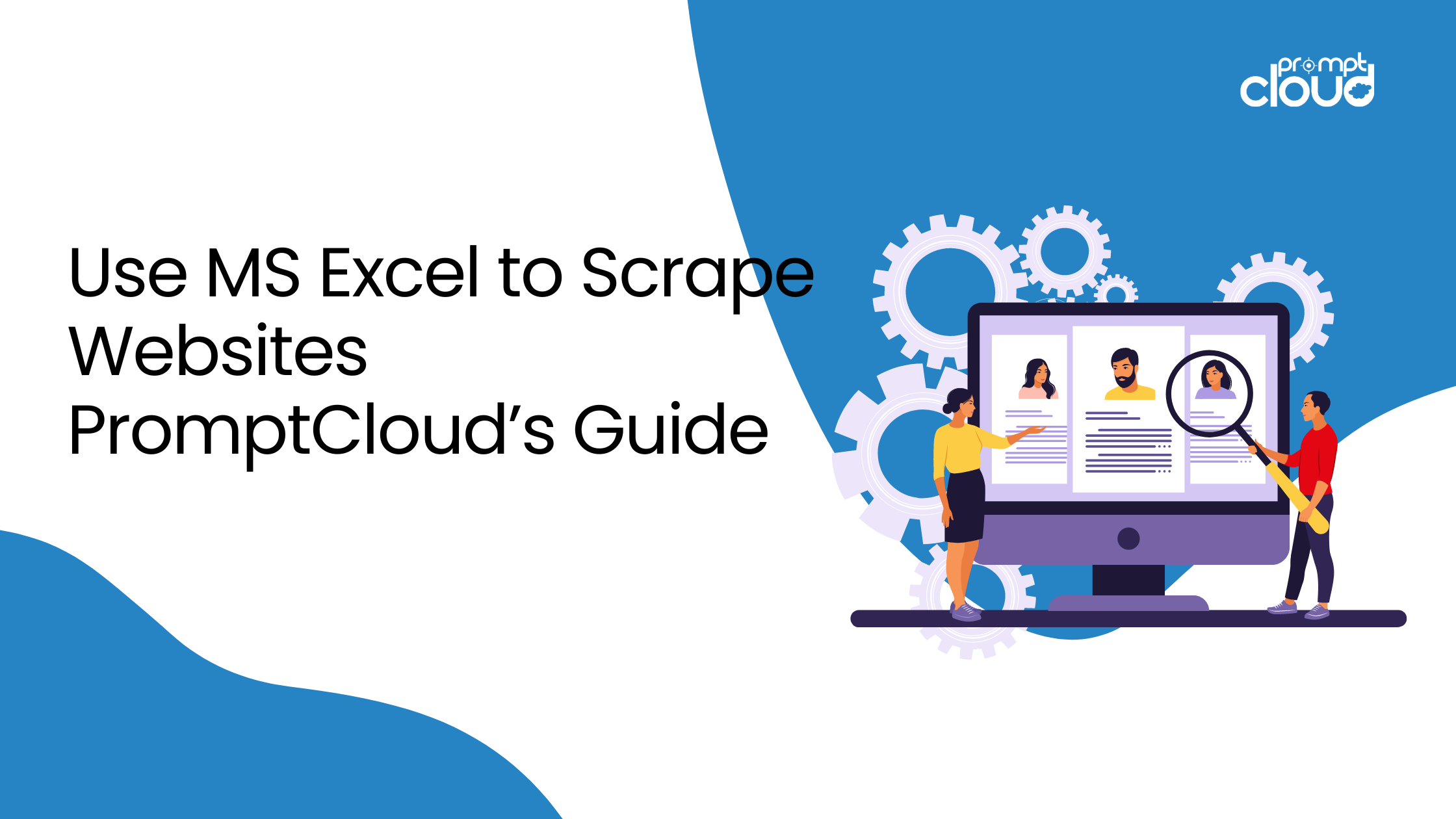Let’s begin with what Alt data sources are. It stands for alternative data, and by alternative data, we mean non-traditional data sources such as the different forms of data obtained by scraping the World Wide Web. Alternative Data data can also be data bought from data aggregators or search engine websites, used to improve targeted marketing. This type of data can be structured or even unstructured (more likely) and can consist of web-links, textual data, tables of data, images, videos and more.
Alt data sources make up a majority of the data available to us today and as per many reports, unstructured data make up 80% of this. While these forms of data were ignored earlier, rising competition and the need to get more data has made it necessary to use as many sources of data as possible.
Data and metrics sit at the heart of the eCommerce sector
Unlike most other businesses, eCommerce companies almost always start with a loss. The reason behind this scenario is many customer acquisition costs, setup costs, costs incurred in different logistical partnerships, lesser website traffic, and more. However, once the initial phase passes, making a profit or at least breaking even is a must if the company wants to stay in business for long. This is the reason why most of these companies are using data and metrics to bring increased website traffic and even get more conversions. Apart from traditional data sources, Alternative Data for eCommerce helps these companies make better data-backed business decisions.
What are the data sources for eCommerce companies?
One of the top data sources for eCommerce companies is the data collected from traffic on their own website. This data can be of many types:
- Data related to products that are always bought together. This information can be used to make better recommendations by the recommender engine of the website.
- By mapping products bought to the location of the buyers, data can be gathered as to which items have a higher probability of sale in which places. This information can again lead to companies moving certain products to specific warehouses.
- Customer contact details can be used to send out promotional emails depending on their previous order history.
- Customer behavior on websites can be analyzed to change the look and feel so that users find it easier to browse through the website.
But relying solely on data generated from one’s own website might not be viable since every company is not as big as Amazon and does not generate enough traffic to get an idea of customer traits of a large variety of people. This is the reason people go for Alternative Data for eCommerce either by buying the data from aggregator websites, or even better by scraping data from the web.
Of the two options mentioned above, scraping the web is the better and cheaper choice, since you have more freedom as to what data you want to get, where you want to get it from, how you want to structure it and even how you want to use it with your existing business processes. When it comes to buying data from aggregators, you can only pick and choose from their existing data repositories and accept the data in whichever format they provide it.
What are the alternative data for eCommerce being used today?
There are different varieties of Alternative Data being used by eCommerce sites today and while the possibilities are infinite, we have mentioned some of the most common Alternative Data for eCommerce in use today.
- Images– Images usually mean product images, and often eCommerce companies need to crawl the web to get better images from various angles so that users do not have a doubt about items, and there are fewer chances of returns.
- Videos- While images are always a necessity in product pages, there’s also a need for videos of certain items where you need to show how to operate a machine, or how to install it, etc. For such products, having a video in the product description page is a must. These videos are usually scraped off the web.
- Graphs, charts and metrics- Graphs, charts and other metrics collected from the web that focuses on competitors can help companies make vital decisions such as which product lineups to focus on, which brands to stock up, and more.
- Stock market data- Although not directly connected to how a company conducts its business, stock market data, especially of those companies that are in the eCommerce sector might present a good picture of how eCommerce companies are doing as a sum, and this metric can be used to decide whether to ramp up, open more stores, or keep things steady.
- Product data (text)- Product details present in textual format, describing what the product does, how to use it, and what are the features that separate it from the rest are scraped and reused to give customers a better understanding of items and also to make items sell better through higher customer confidence levels.
- Product data (tables)- Attribute data related to products, such as weight, wattage, power, dimensions etc are usually present in a table format and although scraping this might be more difficult than the product data available in the normal text format, its importance is higher.
- Social Media data- ECommerce companies are also scraping social media data, to find trending hashtags or products and brands that people are talking about more. This helps companies decide which brands to tie up with, which products to advertise more, and also what to put in advertisements to connect better with the larger crowd.
- News data in the eCommerce sector- A single scandal can break a company and many have, in fact, made stocks of companies plummet. In such circumstances, having an eye on the news, especially those relevant to the eCommerce sector is an extra data point, that would result in better benefits and also help control situations without letting the fire spread.
Difficulties of using alternative data for eCommerce companies
Everything comes at a price and if you want to use Alternative Data sources to boost your business, you have to bear with those. Some of the most common problems faced are-
- Unstructured data- Unstructured data makes up most of the data available and also, most of the data that you would want to crawl. However, cleaning it and converting it into a format that your business team can use is a challenge since you will have to write separate scripts to process unstructured data from every different source.
- Change in a website’s structure- In case you are scraping data from a particular website, and its user interface changes overnight, you might be unable to resume scraping until you have made changes in your scraping engine to fit the changes.
- Copyright infringement issues- Certain images and videos might be protected by copyrights and there’s a need for caution when you are scraping videos or images.
- Data cleanliness- Cleanliness of data is a must when it comes to doing business- mainly because your reputation depends on it. However, much of the data online isn’t authenticated and has no proof. For example, you may crawl some data and find that a cell phone you are selling has 4Gb of RAM, but later on, a customer might complain that the phone only has 2Gb of RAM and accuse you of making false claims. To reduce such instances, it is always better to crawl data from multiple sources and have one source to back the other.
- Longer process- In case you are scraping the data by yourself, then the process is pretty long, starting from requirement gathering, to website listing, actually scraping the data, cleaning it, converting it to required formats and then plugging it to existing systems.
Conclusion
Getting Alternative Data to benefit your business processes might take time and even be tough in the beginning but would definitely pay off in the long run. Keeping data untapped is just leaving out on opportunities. While we understand that building a data scraping team and having them crawl, clean and convert alt data for eCommerce into a pluggable format, is difficult, there are many other options available. One such is using the help of a service provider like us, at PromptCloud, to make your data gathering a two-step process- you give us the requirements give you the data.




















